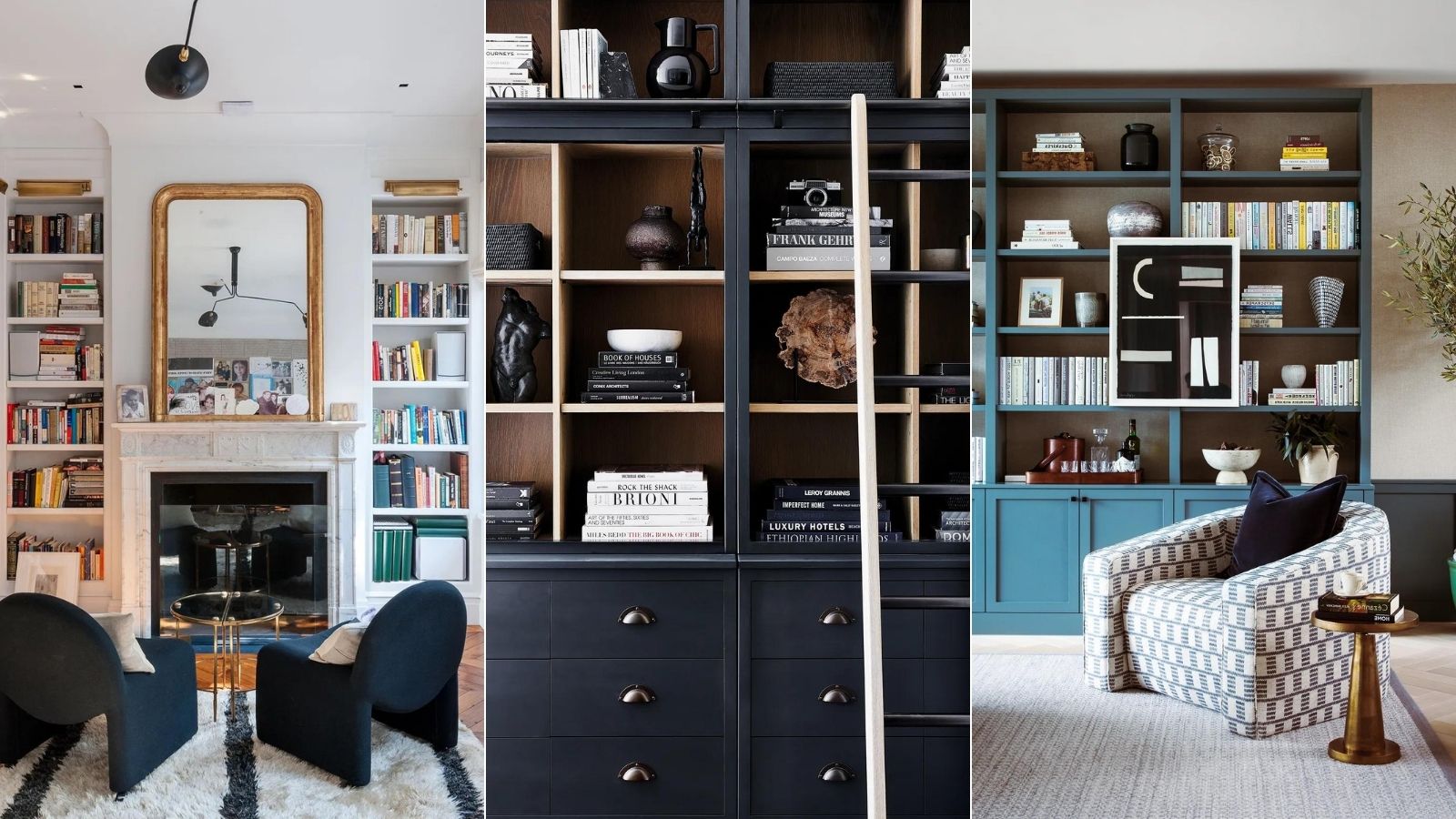
Some designers and home organizers will tell you that open storage is a myth – because it needs to look good all the time. Sure, open shelving takes a little more work than credenzas and console tables with drawers for shoving things away, but we think living room shelving can still give you practical storage space if you know what you're doing.
We turned to pros for their advice on making living room shelves look less cluttered and more polished and put-together.
By adhering to the rule of three (more on that below), using organizational helpers, and being intentional about what you put on them, living room shelves can help to keep your living room organized.
How to make living room shelves look less cluttered
For the best results, take everything off, use it as a chance to do some deep living room cleaning, and intentionally place items back with these tips in mind.
1. Avoid overcrowding
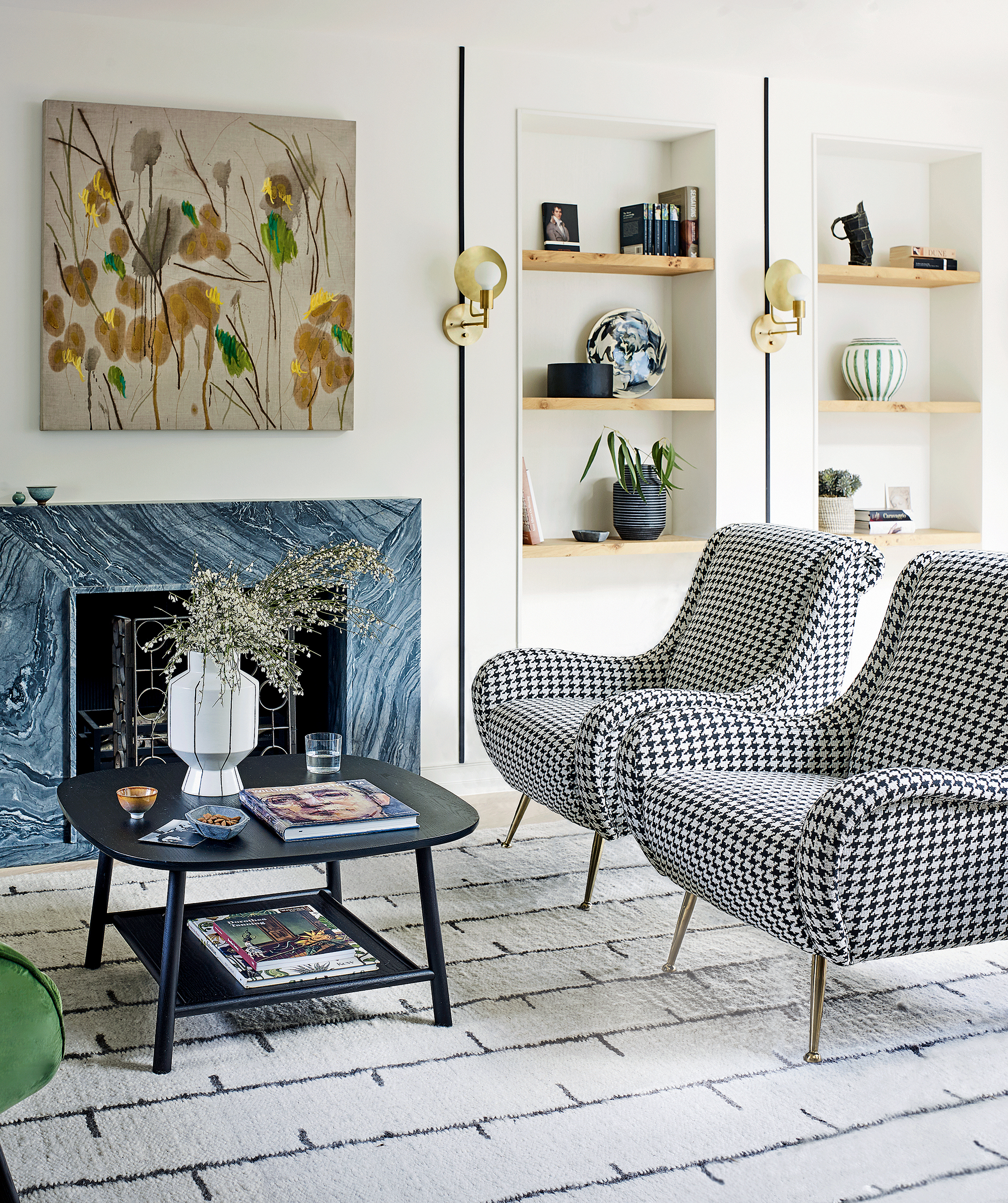
As we have mentioned, open shelving is the least forgiving kind of living room storage because everything is out on display, and if you try to squeeze too much on the shelving, it instantly looks cluttered. One easy way to make living room shelves look less cluttered is to focus on negative space.
'Less is more,' says interior designer Nina Lichtenstein. 'Negative space helps draw attention to pieces you want your guests to focus on.'
Giving the different objects a little breathing space will show them in their best light. This might mean you end up with extra items, which you could consider moving to another part of the home – after all, a decor reshuffle is a great way to make your home look better without buying anything.
2. Incorporate baskets and decorative boxes
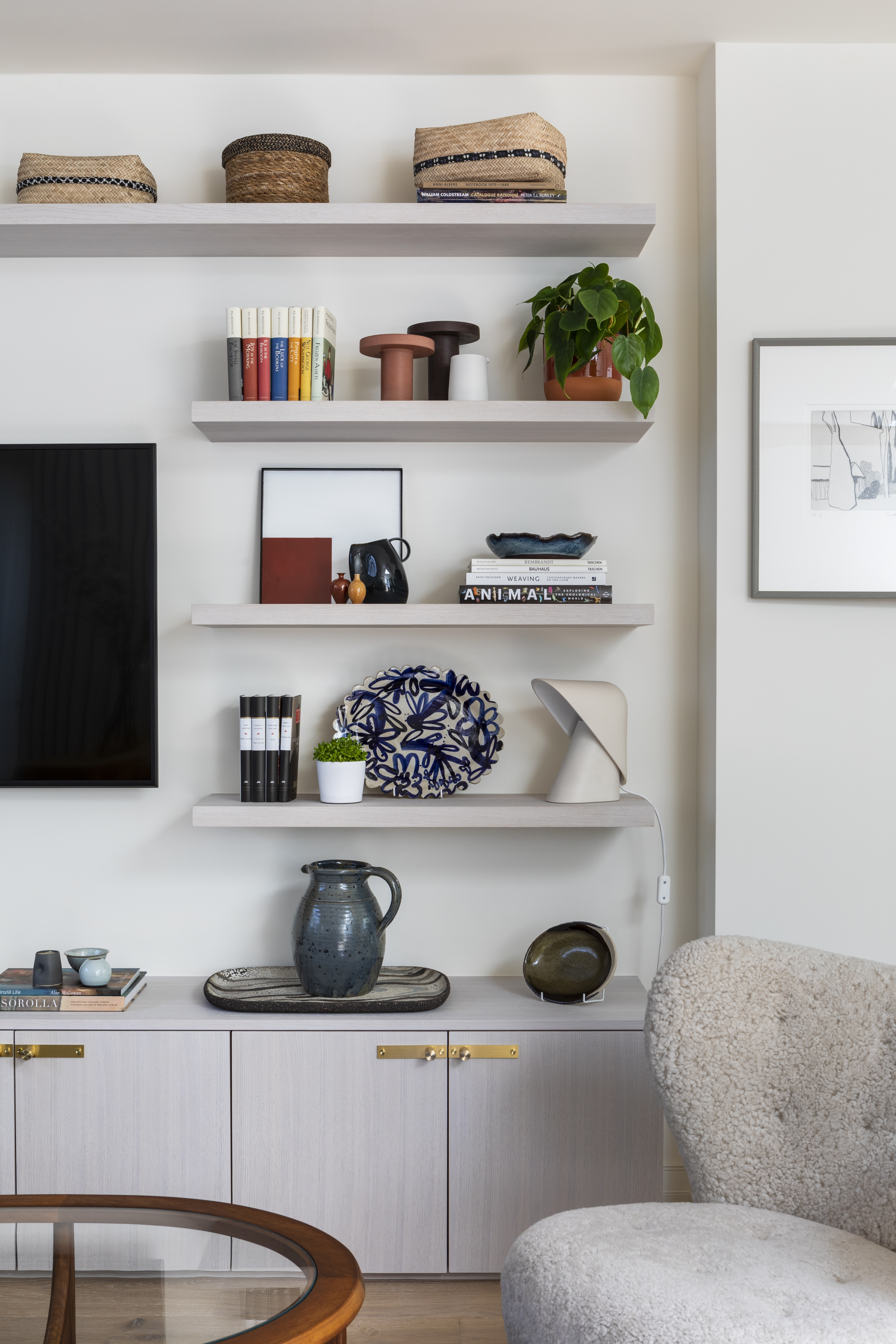
One way to make open shelving slightly less high-maintenance is to employ organizational helpers, such as baskets, bins, and boxes. 'Use baskets to store things that look naturally cluttered – like cables, cords, electronics, and small kids’ toys,' advises professional home organizer and Homes & Gardens contributing expert Sarah Dunn.
In a living room redesign that I worked on recently, we used two of these La Redoute wicker baskets, currently on sale, at floor level tucked underneath a shelf. They are a great way to stow away those less aesthetic but essential living room items, such as cables and gaming controls. Of course, the baskets and bins you can fit will depend on the depth of your shelves, so if you have slightly less space to work with, opt for more slimline designs, like these smaller La Redoute baskets with lids.
'To conceal potential shelf clutter, incorporate decorative boxes that seamlessly blend with your decor,' echoes Nina Lichtenstein. 'These discreet storage solutions provide a stylish yet functional way to stow away smaller items, keeping the shelves looking tidy.' We love this boho jewelry box at Anthropologie.
3. Curate with intention
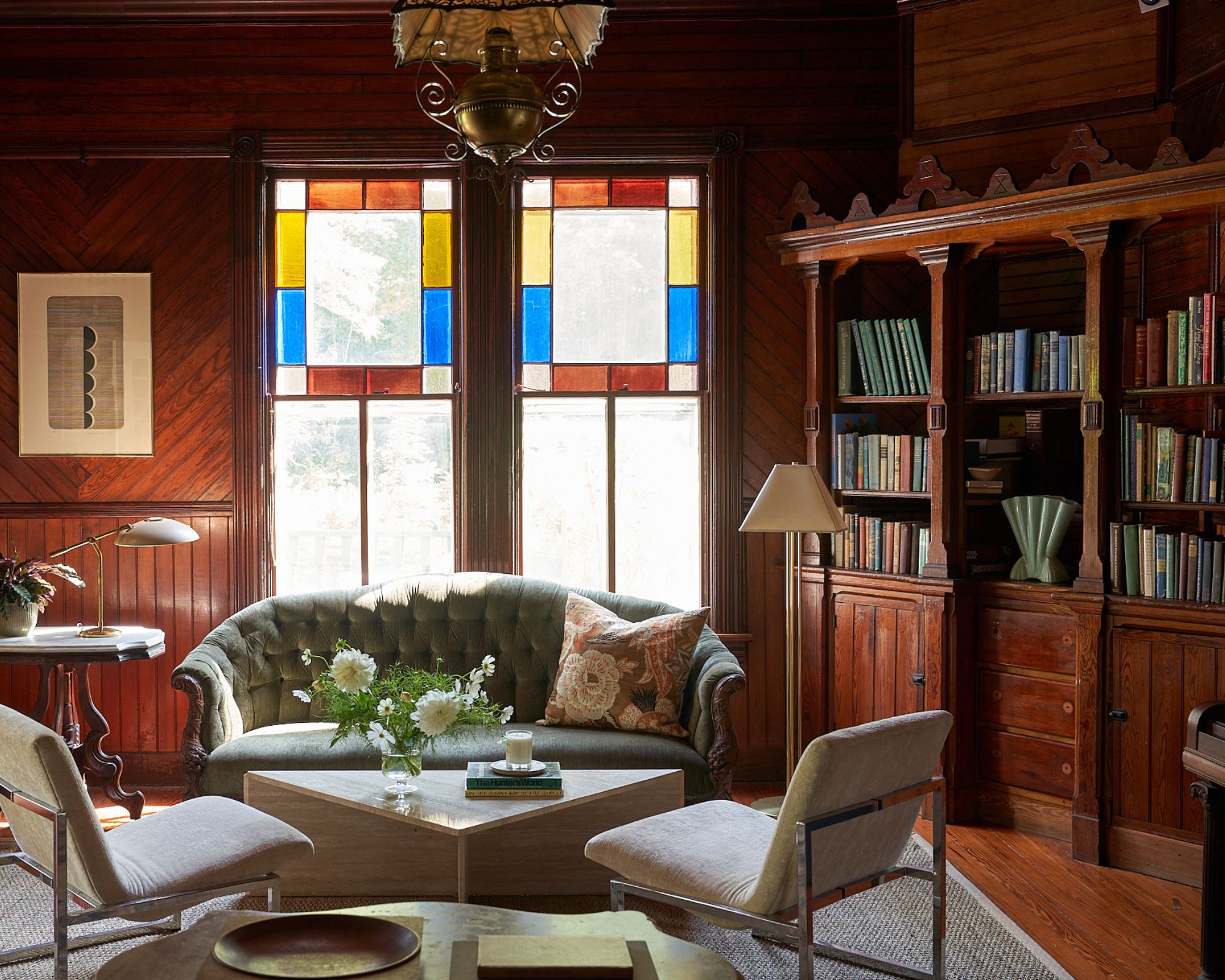
This might sound impractical, but try to only display items you love. When we are a little more discerning about our shelf decor, our shelves look considered, and it makes our living rooms look more expensive.
'Have out only the things that you truly love and cherish, and don't feel obligated to display items that don't bring you joy,' insists professional home organizer Ema Di Monte.
Sarah Dunn agrees: 'Be intentional about what you choose to showcase – not every memory or trinket from your travels needs to be displayed. Consider only displaying coffee table books and beautifully bound books, like a set of leather-bound books.'
Pack away excess items to store in the attic or elsewhere in the home to give you the option to 'shop your home' at a later date, and if space is tight, clear out some items with our small living room decluttering checklist.
4. Focus on visual balance
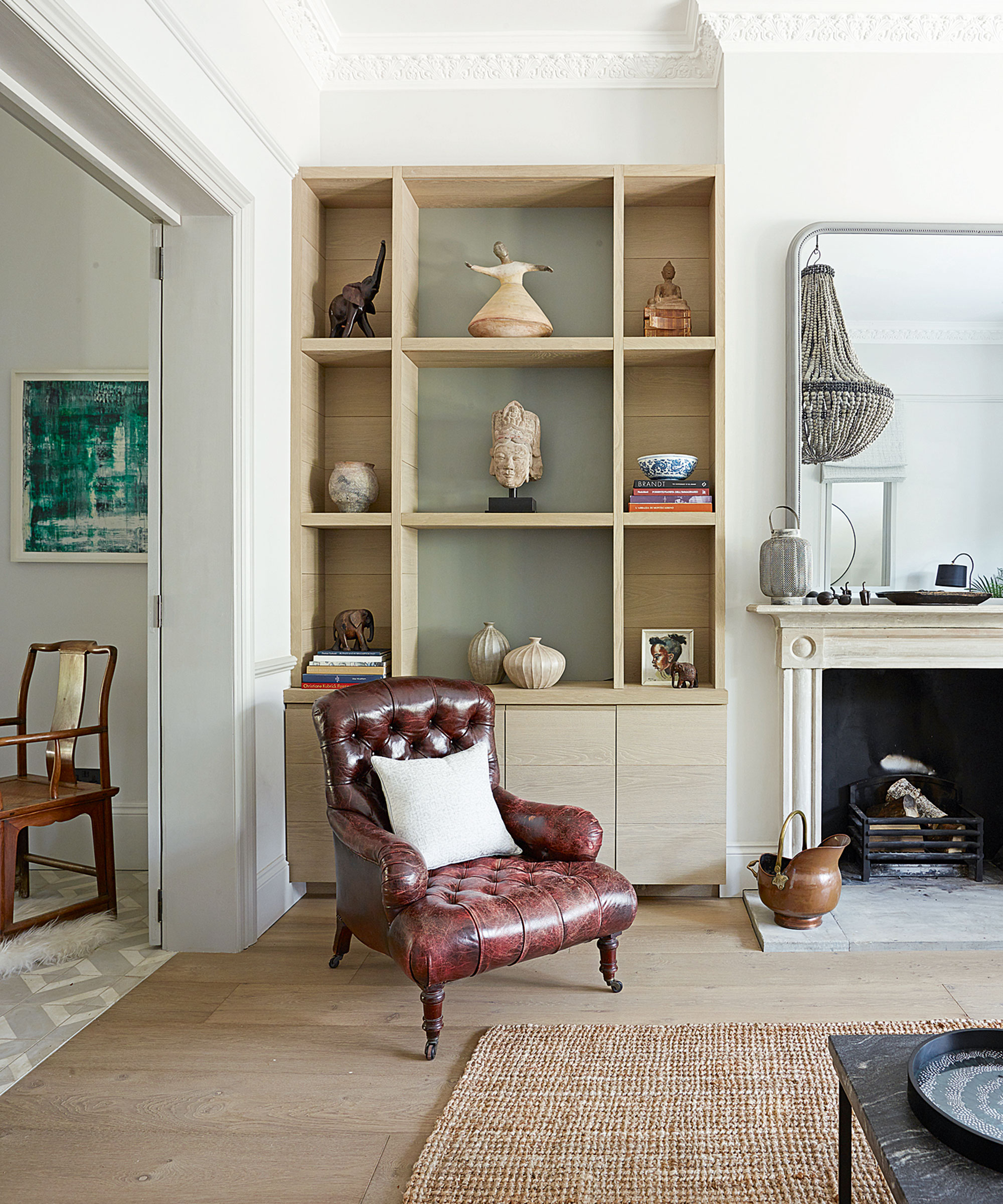
While decorating shelves, Nina Lichtenstein recommends arranging items so that the visual weight across all of the shelving is relatively equal. 'Thoughtfully arrange your curated items, paying close attention to spacing, grouping, and visual balance,' she comments.
When arranging my own shelves on either side of the living room window, I make sure the more densely packed shelves are level with each other and that the shelves above and below have much more negative space around them, creating a sense of balance and uniformity. Visual balance imparts a sense of order and harmony, so step back to look at your shelving from the other side of the room and adjust it until it hangs together nicely, and the visual weight looks equally distributed.
5. Use the rule of 3
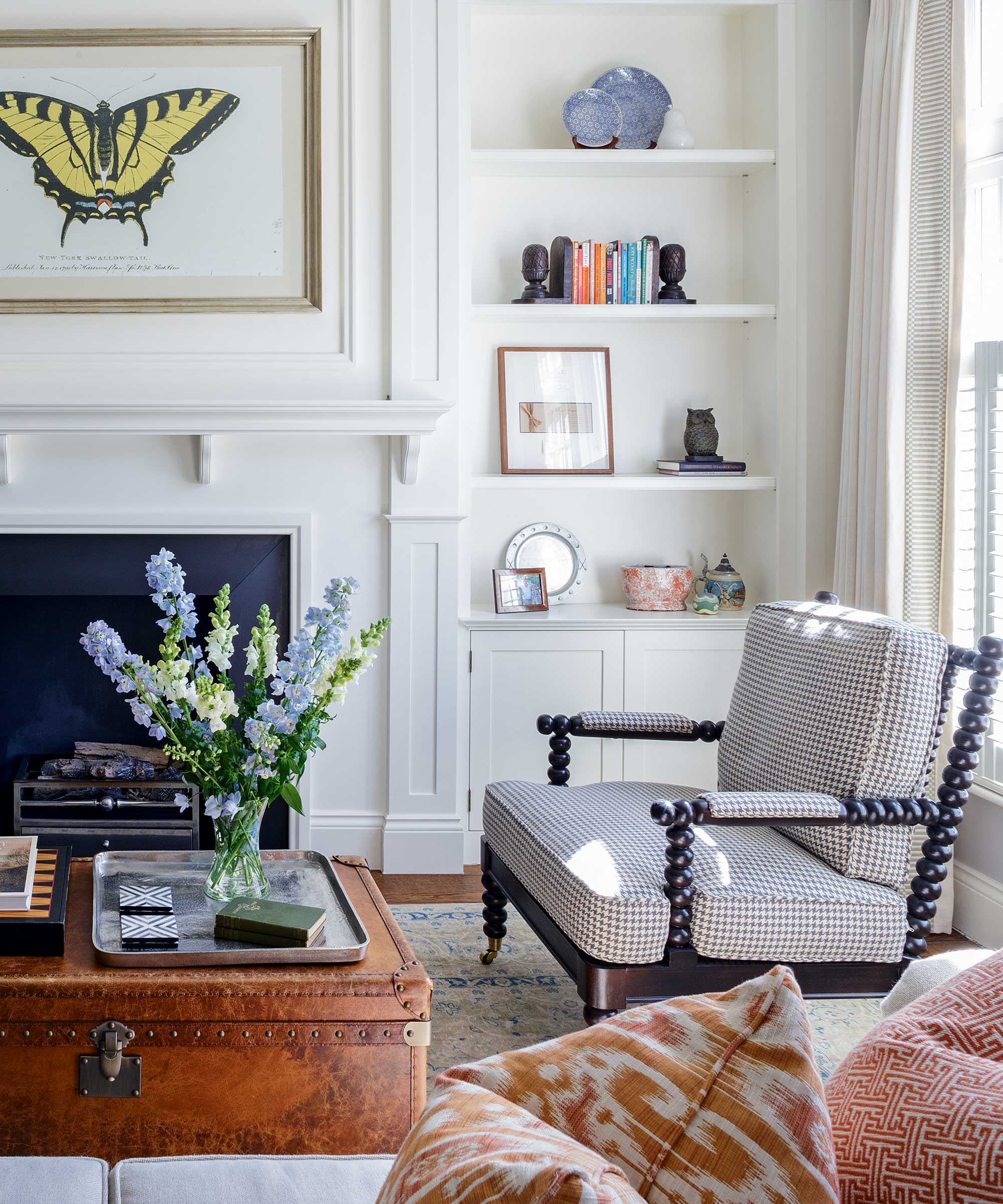
The pros always recommend using the rule of three for shelves that look stylish and clutter-free. Sarah Dunn recommends stacking books and adding a vase on top with a picture frame to the side of it.
Interior designer Sophie Clemson says, 'to avoid your living room shelves looking cluttered, use the rule of three when styling your accessories and group your items together in odd numbers, such as three.
'Use different heights, shapes, and textures that complement one another. It helps to visualize a triangle when grouping. If you have too many accessories on the shelves, it can look cluttered and like a shop display with lots of options to choose from.'
FAQs
How can I make my bookcases look less cluttered?
A few rules of thumb make it easier to style a bookcase. First, less is more: professional home organizer Sarah Dunn says that while books are a great styling piece for living room shelves, it's worth being mindful of how many you have on show. 'You don’t want to stuff each shelf full of books,' she says.
Second, consider color coding books for a cohesive look. Finally, she recommends mixing up the placement of books. 'Have some stand upright and lay others on their side. Add a decorative piece like a vase, picture frame, or trinket on top of the books that are on their side.' We love these marble book ends at Wayfair for adding some traditional charm to shelves as well as making it easier to gather books together in smaller vignettes.
Bookshelves bursting at the seams? It could be time to declutter your books and find some of your collection a new home where they will be used and enjoyed.
If your shelving is on the busier, more maximalist side, try following a color scheme with two or three predominant tones. 'Opt for a mix of heights and textures while keeping a cohesive color scheme to ensure a harmonious display,' says Nina Lichtenstein. 'This can make things feel more unified even when a lot is going on.'







